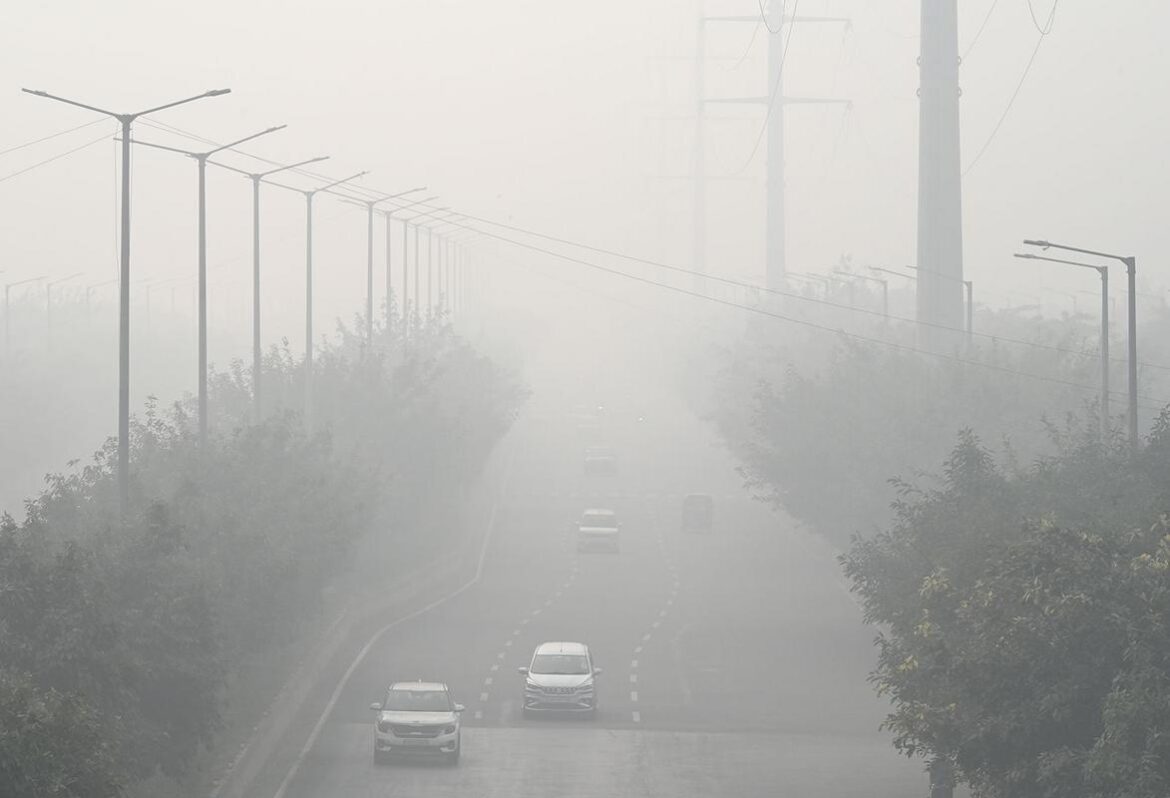Delhi’s Air Turns Toxic: Is Stubble Burning to Blame?
Every year, as the monsoon rains retreat, Delhi transforms—into a choking, unbreathable haze. In November, the city’s air quality plummeted to its lowest point, sliding into the government’s “severe plus” category. Offices shut, schools closed, streets emptied. And everyone asked the same question: what’s going wrong with our air?
This seasonal crisis, long familiar yet worsening, is no natural occurrence. A collaborative scientific study now confirms what many have long suspected—a large part of the blame lies hundreds of kilometers away, in the farmlands of Punjab.
What Happened in Northern India
Farmers in Punjab and nearby regions burn rice stubble in the post-harvest window to rapidly clear fields for sowing wheat. It’s a decades-old practice, and one still widely followed. Unfortunately, its aftermath drifts and descends upon North India’s largest cities—in visible, dangerous ways.
According to findings from an international team of scientists led by Dr. Kaspar Rudolf Dällenbach and Prof. André Prévôt from Switzerland’s Paul Scherrer Institute, stubble burning has major health consequences. Dr. Dällenbach described the Indo-Gangetic Plain as “one of the most polluted regions in the world,” where pollution meets high population density. The result, he said, is “substantial impacts on public health.”
During November–December, when these fires are most intense, pollution levels in Delhi rose so high that researchers linked it directly to nearly 1,072 deaths in the capital alone. Kanpur, another city on this pollution path, recorded 259 smog-related deaths over the same time frame.
Prof. Prévôt offered a starker picture: “It feels as if standing in a heavy soup of pollution,” he said. “There’s a persistent burnt smell and the pollution appears palpable.”
How Pollution Travels Across the Plains
- Fires begin in Punjab’s fields by mid-afternoon
- Smoke climbs and starts drifting eastward by evening
- Polluted air reaches Delhi by late night
- Overnight, sunlight reacts with particles, creating thick smog
- Within 24 hours, the same polluted air arrives in Kanpur
This entire path stretches more than 600 kilometers, ferrying along not just smoke from burning biomass, but additional contamination drawn in along the route from household wood use, urban traffic, and industrial release.
Other Pollution Sources Add to the Crisis
While agricultural fires remain the dominant factor during smog season, they’re not alone. In rural regions around Kanpur, families often use wood, cow dung, and grass for heating in winter months. In urban neighborhoods, younger people breathe in a mix of industrial pollutants—chemicals from plastic production, adhesives, and illegal e-waste burning.
In Delhi specifically, traffic pollution continues to be a persistent contributor. Researchers identified that fine particulate matter—tiny toxic particles that travel deep into lungs—are heavily emitted by cars and trucks, particularly those using older fossil fuels.
Women and the Elderly At Greater Risk
The researchers also warned that the brunt of health consequences is not equally shared. Older populations and women, especially those involved with daily housework or who work outdoors, appear to face a higher risk of mortality linked with this air crisis.
One question lingers: Without a major policy turnaround or technological alternative, will this pattern worsen year after year?
The Machinery That Could Change Everything
A potential fix does exist, although its rollout has been uneven. Researchers point to the “happy seeder”, a farming implement that allows wheat to be sown directly into fields covered in rice stubble. Unlike traditional methods that require burning, the happy seeder trims and plants simultaneously—without disturbing soil, and without smoke.
This means:
- Less burning needed
- Improved soil health
- Better moisture retention
The Indian government has already started subsidizing this equipment, but uptake remains an issue. Small farmers, unfamiliar with the machines, often revert to older, faster—but more damaging—methods. “They’re hesitant,” one agronomist who works in Punjab said. “They don’t know the machine well, and their whole livelihood depends on getting things done quickly.”
Government’s Reaction
Various state governments and the central government have implemented short-term responses. These include temporary school closures, restrictions on vehicle movements, and crop residue management schemes. Yet critics argue these are more reactive than preventative.
While subsidies exist, they aren’t reaching everyone. Many smallholders don’t qualify or struggle with lack of information about these solutions. And enforcement around burning remains patchy despite bans.
Meanwhile, Delhi’s air remains visibly brown. Children stay indoors. Masks become daily wear again. And health advisories play on loop.
What You Can Do—And What Lies Ahead
While structural reform is essential, individuals aren’t completely powerless. Choosing public transport over private cars, supporting green alternatives, and putting pressure on local officials to deliver real agricultural policy changes all make a contribution.
But looking ahead—what happens next November? Will citizens once again step out into a haze so thick you can barely see across the street? Will smog deaths continue climbing year over year?
The evidence is clear. The science is published. The tools exist. What’s missing, perhaps, is the collective will—to change tradition, to support farmers effectively, and to treat Delhi’s winter smog not as a seasonal inconvenience, but a national emergency.

